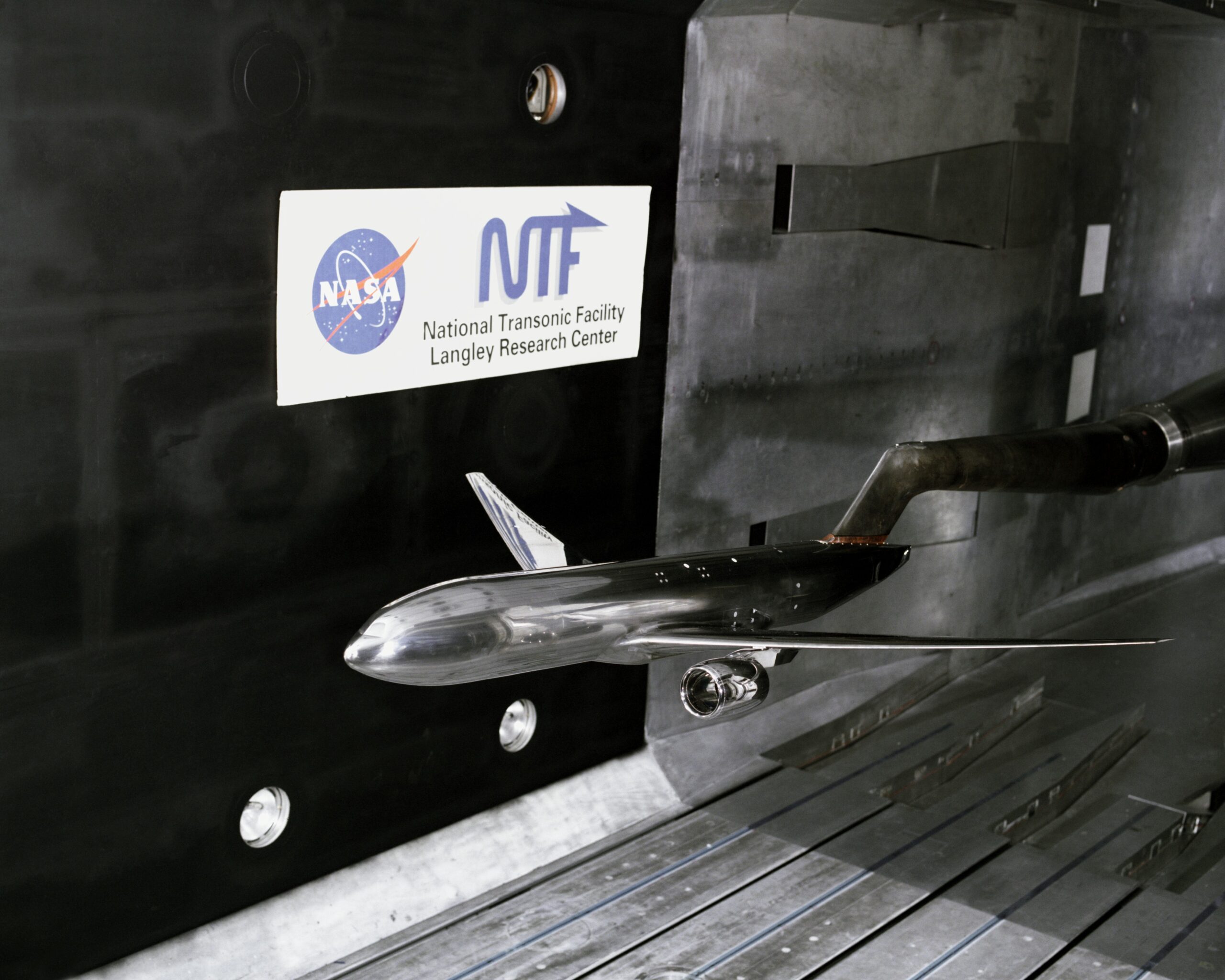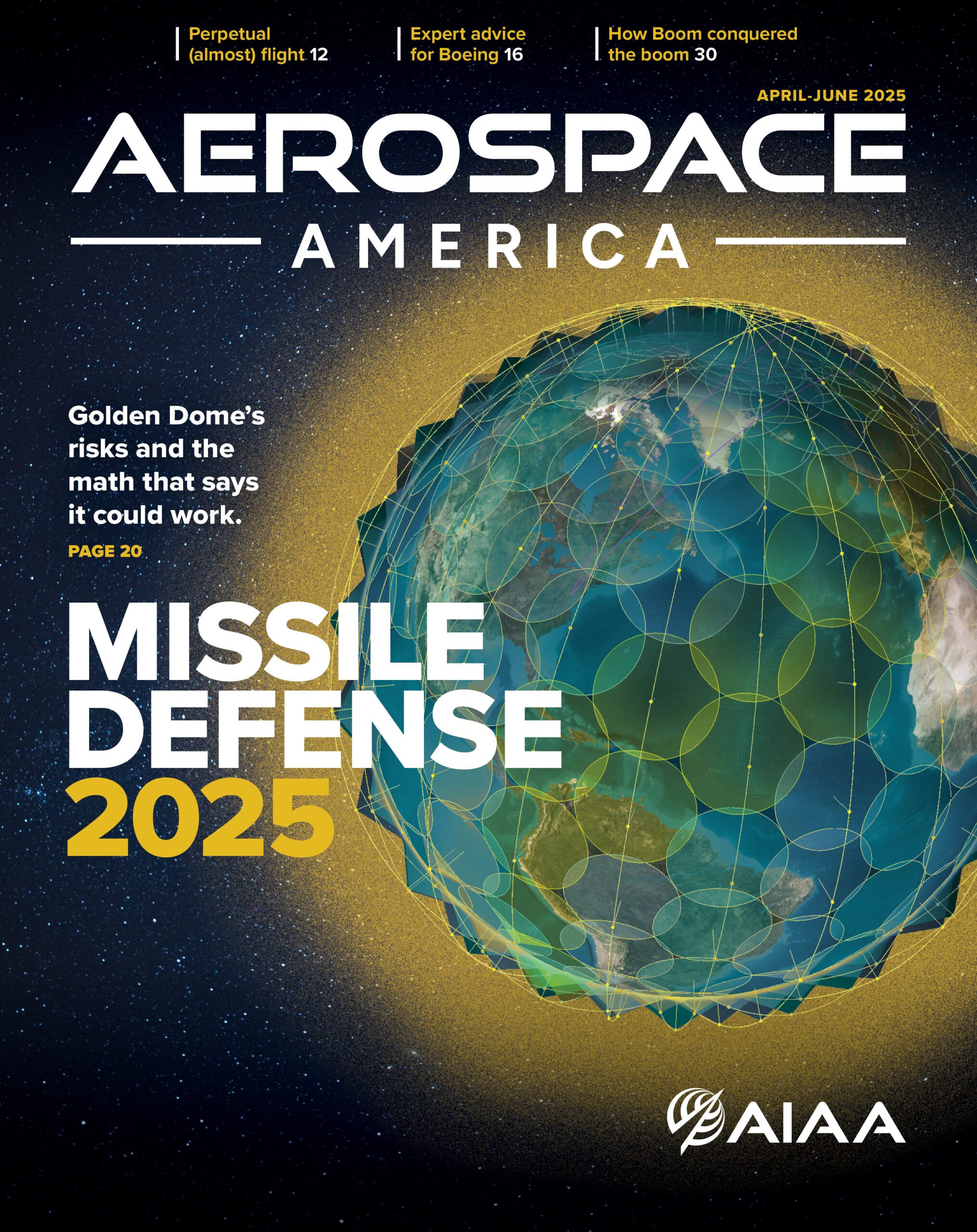Collaboration Key to Advancing High-Confidence Design Analysis Tools for Safe, Efficient Aircraft of the Future
LAS VEGAS — Rich Wahls, Sustainable Flight National Partnership Mission Integration Manager with NASA’s Aeronautics Research Mission Directorate (ARMD) and AIAA Fellow, delivered the Applied Aerodynamics Award Lecture this week at the 2025 AIAA AVIATION Forum, offering a rare behind-the-scenes look at the evolution of aerodynamic testing and the future of flight.
In a wide-ranging conversation, Wahls shared insights from his decades-long career, highlighting the enduring importance of wind tunnels, the rise of computational tools, and the importance of national and international collaboration to enhance the state of the art in aerospace engineering.
A Career at the Cutting Edge of Aerodynamics
Wahls’ journey in aerodynamics began in the early 1980s, when he first visited NASA Langley Research Center as an undergraduate.
“I happened to come into this tunnel in 1983, the year they first turned on the fan,” he recalled, referencing the National Transonic Facility (NTF), a unique cryogenic wind tunnel that would become central to his career. By 1989, Wahls was hired as the “applied aerodynamics guy,” tasked with helping users across the country get the most out of this one-of-a-kind facility.
Why Wind Tunnels Still Matter
Despite the rapid advance of computational fluid dynamics (CFD) and digital modeling, Wahls is adamant that wind tunnels remain indispensable. “They always have been, and they will for a long, long time,” he said.
The NTF, for example, allows researchers to test small-scale models of aircraft under conditions that closely mimic real flight, thanks to its ability to pressurize and cool nitrogen gas. Pressurizing and cooling effectively scales the air flow to the model scale for more accurate simulation of the real flow physics in full-scale flight.
Wahls explained that while computational tools have improved dramatically, they are not yet a complete substitute for physical testing.
“There’s always a push, because wind tunnels are big infrastructure, to close them down,” he noted. “But computations are not mature enough to eliminate the need for wind tunnels.”
Early to Current Collaboration
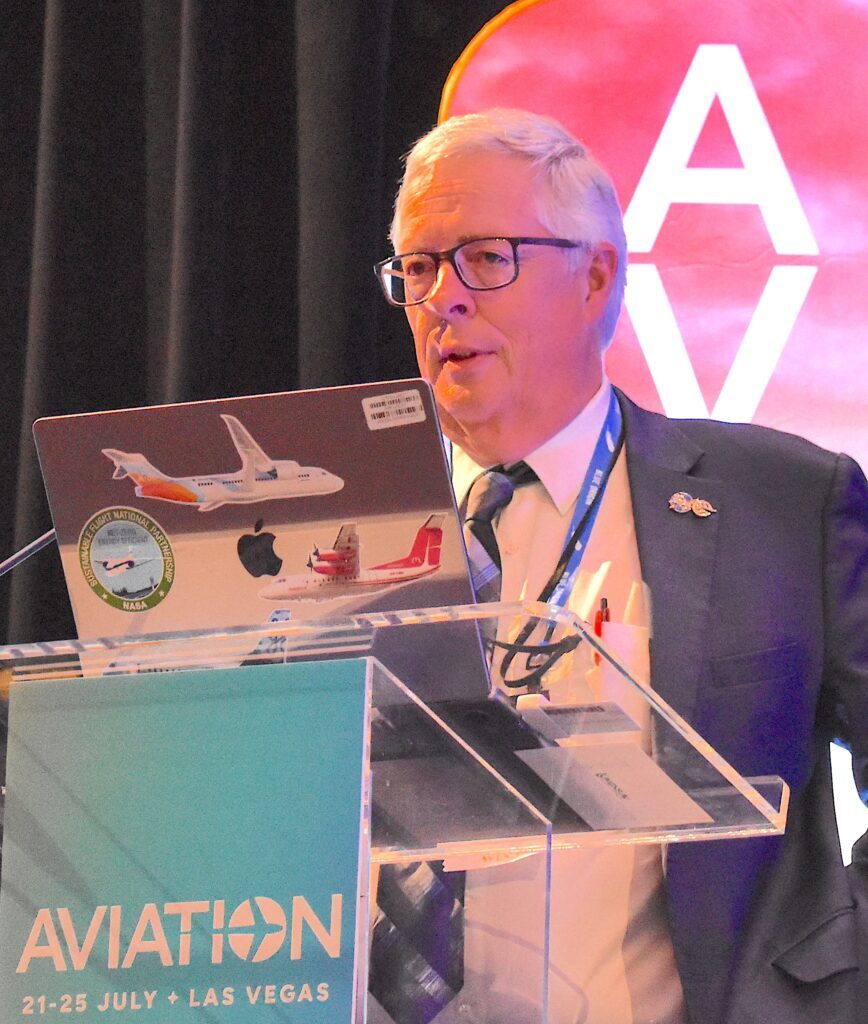
He recounted the early 2000s working with others to organize the first AIAA drag prediction workshops, where experts from around the world were invited to model a standard airliner geometry. The results, he said, “were all over the map,” underscoring the limitations of even the best CFD tools. This drag prediction series continues today and has been further enhanced by use of a NASA common research model airline that provides “a modern / relevant, open / public configuration as a test subject for international collaboration,” noted Wahls.
In recent years, the concept of the “digital twin”—a computational model that mirrors a physical system—has gained traction in aerospace. Digital twins are now used alongside physical models to validate results and improve design confidence. Modelers can connect the digital and the physical model at the scale they’re testing, and ultimately for the full-scale airplane.
Wahls emphasized the need for experienced engineers to interpret results and avoid the “black-box syndrome,” where users trust computer outputs without understanding the underlying assumptions.
NASA’s wind tunnels continue to be used with both commercial and military partners, often through arrangements that balance proprietary data with the need for open research. Wahls noted that bringing together experts from around the world “raises the water level for everybody.”
He also described how advances in computational tools have made the design process more efficient, reducing the number of physical models needed for testing and allowing engineers to approach the wind tunnel phase with greater confidence.
Looking to the Future
Wahls is optimistic about the future of aerodynamics, pointing to recent breakthroughs in high-fidelity physics modeling and the increasing power of computers. “In the last five or six years, there’s been a pretty big step change in the confidence and how we do that,” he said.
The ultimate goal, he explained, is to reduce risk and ensure that new aircraft perform as expected when they finally take to the skies.
As the aviation industry faces new challenges—from sustainability to the integration of advanced materials and propulsion systems—Wahls believes the combination of physical testing, computational modeling, and human expertise will remain essential.
“The need for the wind tunnel is not going away, even with the advancement in the computational side,” he concluded. “Ultimately, what you really care about is the airplane at the end, the real airplane.”
With his deep experience, Wahls offered AIAA attendees a compelling vision of how tradition and innovation will continue to shape the future of flight.
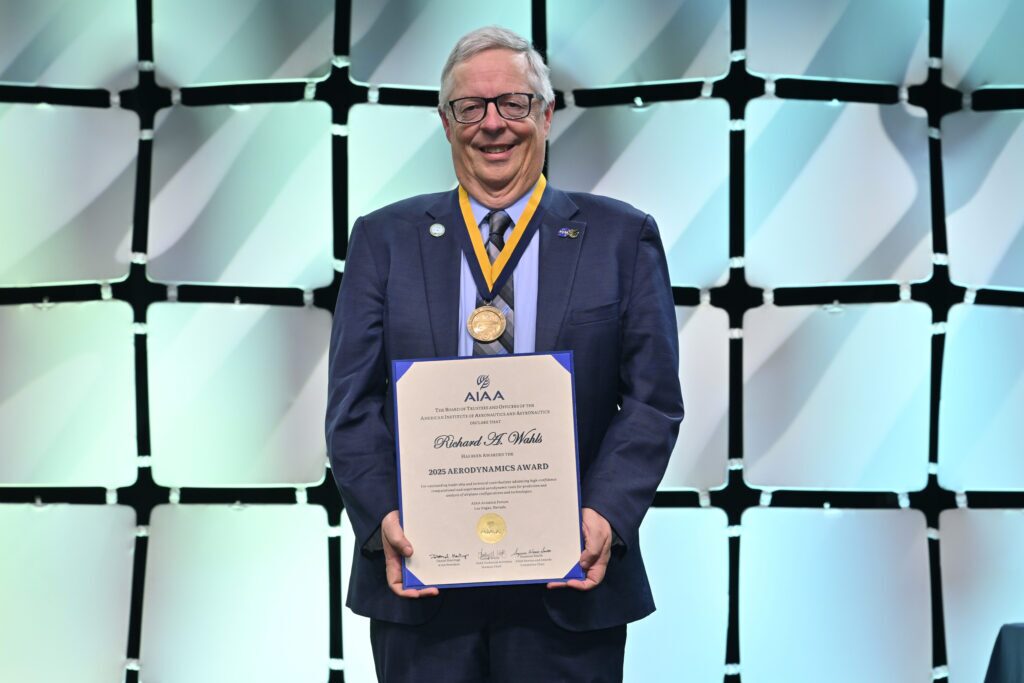
During the forum, Wahls received the 2025 AIAA Applied Aerodynamics Award for outstanding leadership and technical contributions advancing high-confidence computational and experimental aerodynamic tools for prediction and analysis of airplane configurations and technologies.


